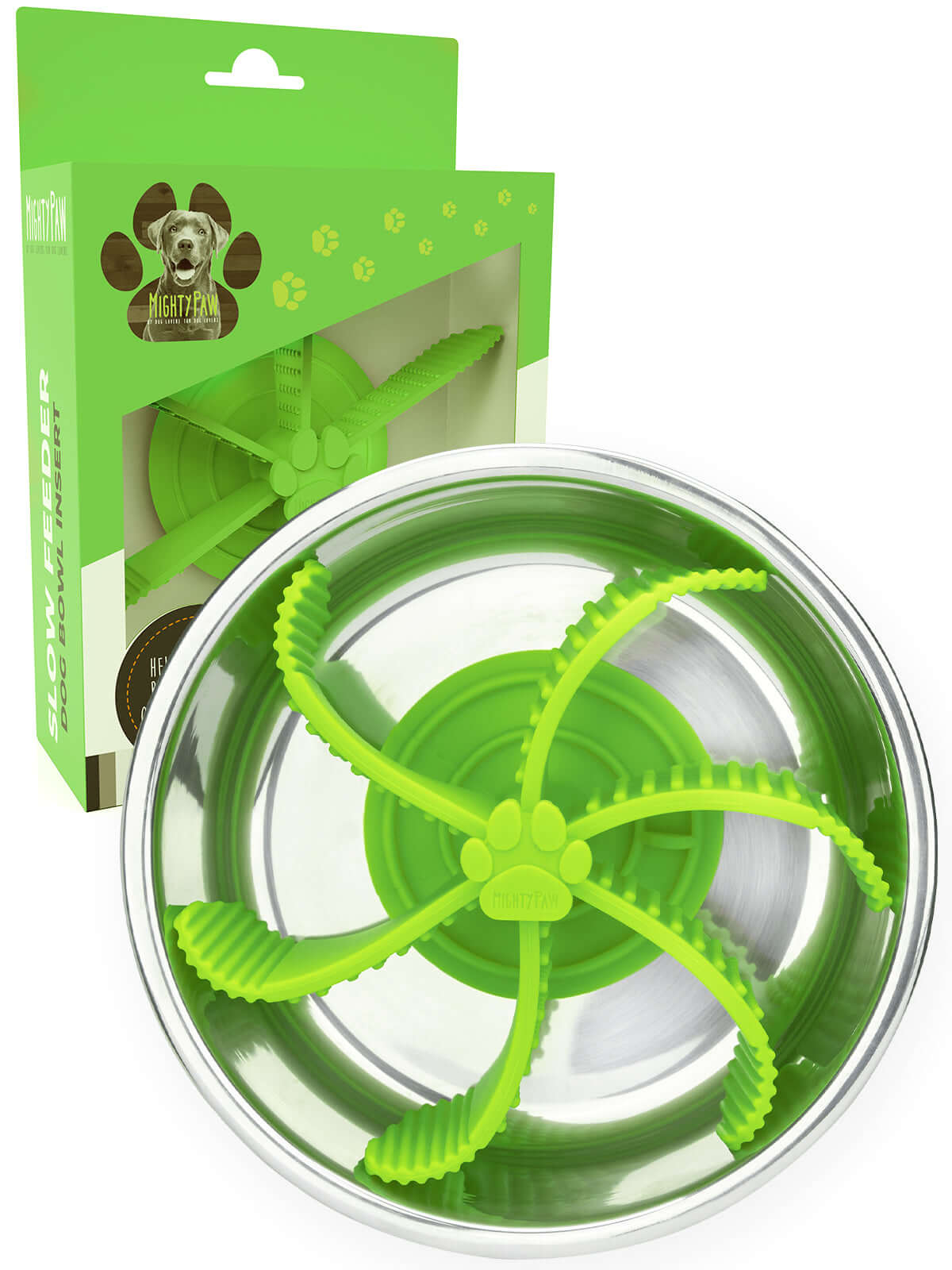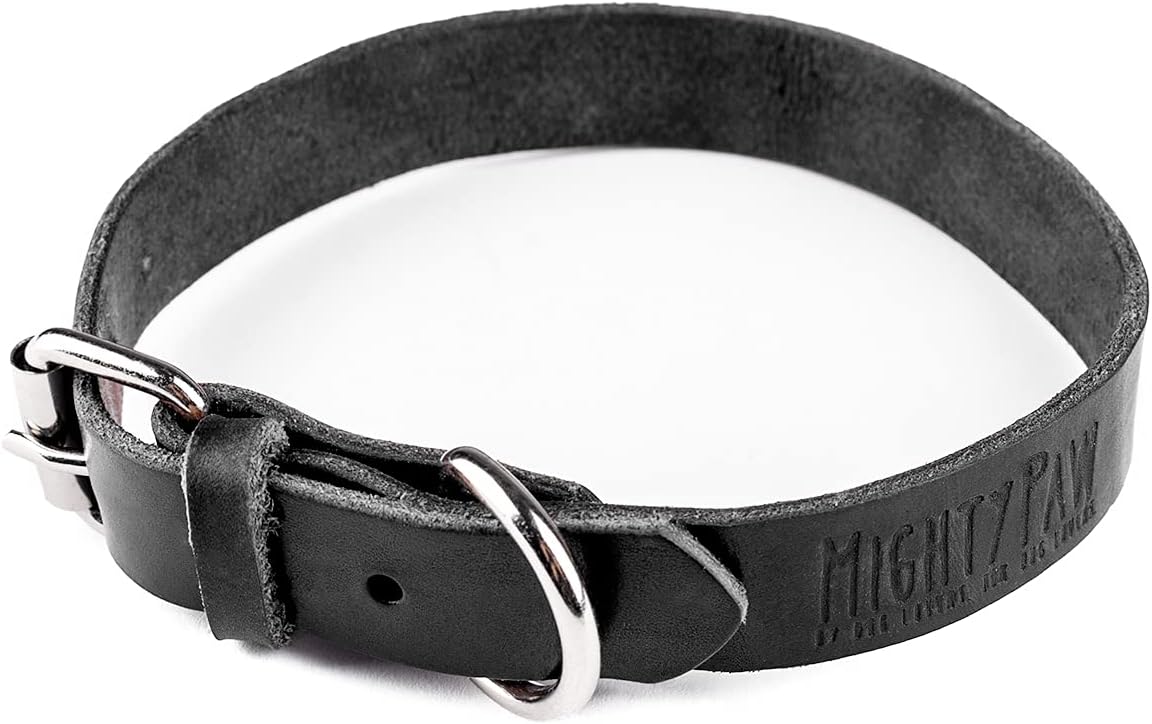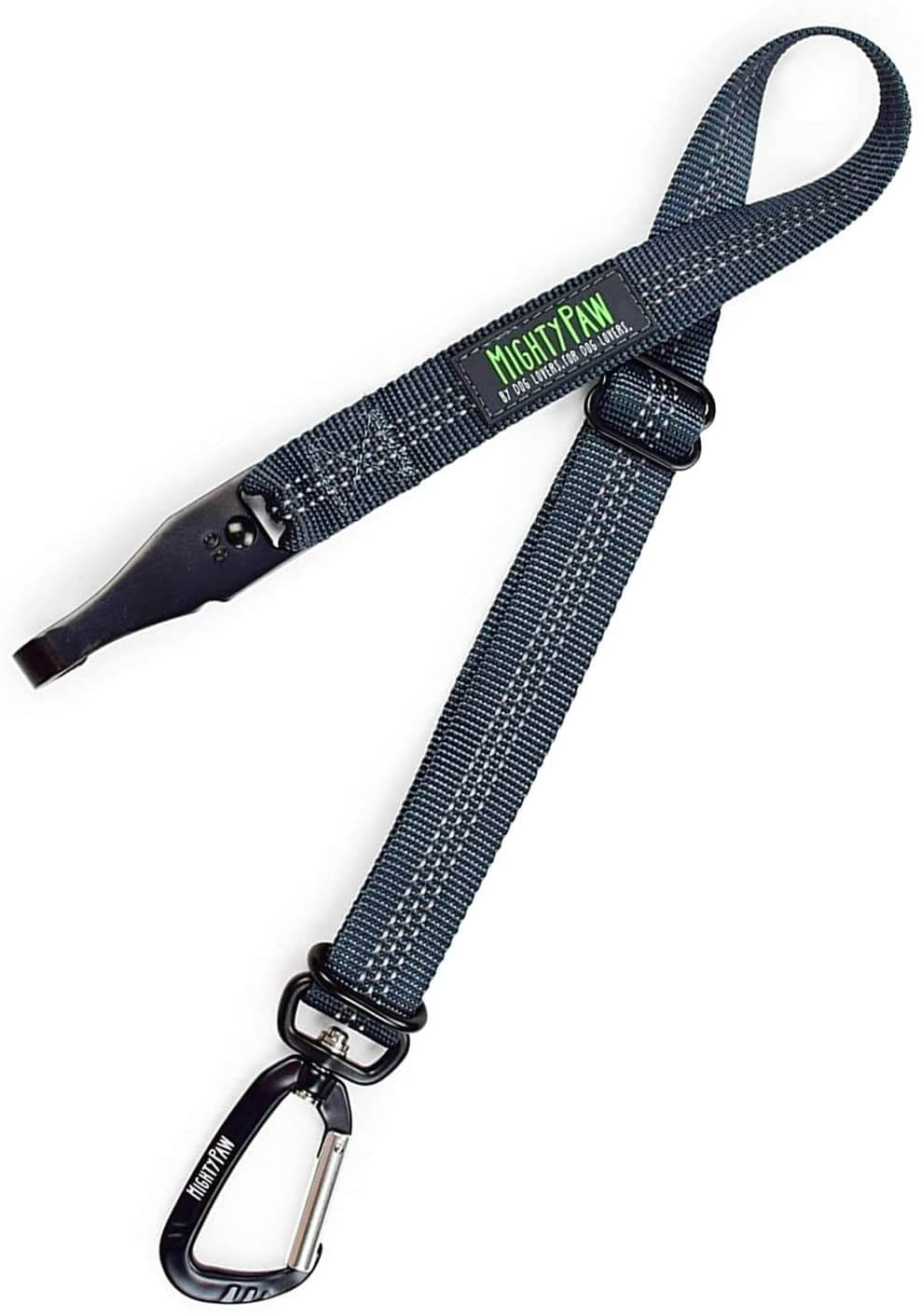How to include your dog in your new year exercise goals and get more health benefits for both you and your pup!

Exercising with your dog is more than just physically beneficial. Building your exercise routine around activities with your pup is a mood-booster for both of you, and let's face it, a lot more fun and motivating than working out alone. Making your dog your exercise buddy goes a long way toward achieving your goals by making the first, hardest step easy – actually getting out and exercising every day!
Not to mention you're also building your bond together as you share all the endorphins, oxytocin, and other "feel-good hormones" generated by the exercise, closeness, and eye contact with each other!
Don't just take it from us - The Mayo Clinic confirms that moving with our dogs keeps us healthier.
Our dogs play "a huge role in creating a healthy lifestyle", according to the Mayo Clinic. Studies show that pet owners have enhanced fitness levels with lower blood pressure and cholesterol, and that dogs help us relieve stress, improve heart health, and boost overall happiness and well-being. Dogs provide good social support — an important factor in helping us stick with new health goals and turn them into steady habits.
Having dogs forces dog owners to get up and move for routine and regular walks.
The human health experts at the Mayo Clinic remind us about the clear link between exercising with your dog and heart health. “Increased physical activity helps strengthen your heart muscles, making them more efficient in pumping blood throughout your body and improving overall heart health. A recent research study found that dog parents are more likely to have regular physical activity patterns, a healthier diet, and better blood sugar levels” compared to those who do not live and exercise with dogs.
Why dogs make good exercise partners
It's also no secret that pets (both dogs and cats) contribute to overall happiness. Having a dog has been linked to better mental health and more social interaction — both risk factors for heart attacks and other health issues when they're lacking. Dog parents have increased interaction with people, and are less likely to experience depression. Think about how many people you meet through your dog! It all adds up to a positive cycle: when you feel good you exercise more, and when you exercise more you feel good.
As dog parents, most of us will admit we'll do things for our dogs that we might not do for ourselves. Raise your hand if you're in the "my dog eats better than I do" club! When we're committed to giving our dogs proper exercise every day, we're much less likely to be deterred by bad weather or other excuses we use for our own solo exercise.
All that makes your dog the best fitness partner anyone could hope for both physically and mentally! And the best part? It's true for your dog too. Exercising fully and often with their person is every dog's fondest dream.

Enough about us humans - let's talk about your dog.
Dog owners frequently ask: what's the recommended amount of daily exercise for a dog?
The common rule is that dogs should be exercising between half an hour and 2 hours every day. That's a pretty big range – the average recommended for most dogs is about one hour each day. Of course, every dog is an individual and various factors determine what's best for your dog's energy level to burn calories and alleviate stress, as well as to build and maintain muscle strength, healthy bones, and supple joints. Always check with your veterinarian if you have any questions.
Is your dog exercising enough?
The best way to tell is observing and really knowing your dog. Is your dog ecstatic when you reach for the leash? Does he or she blissfully prance along, showing every sign of wanting to keep going forever? Or excited to go, and completely content to walk at an easy pace for a while and then settle into a nap at home? Is your dog a ball addict that wants to play fetch forever, or happily fulfilled after 10 minutes of ball play and ready to chill?
Focus on your dog in all your activities (keep your phone in your pocket) and your dog's body language will tell you just about everything you need to know to be in sync with your dog's physical and spiritual exercise style.
What else to consider for your dog's exercise needs:
Is your dog at his or her ideal weight?
Weight is the biggest factor contributing to dogs' living longer and healthier, or not. The right balance of exercise and good nutrition (like more fresh foods and less high-carb kibble) is the simple secret to our dogs' healthiest weight and longevity.
How can you tell if your dog is at his/her best weight? Take a look at your pup from overhead; you should see a defined "waist," a little dip inward on both sides just above the hips. You should also be able to feel your dog's ribs fairly easily but without feeling too bony. Place your thumbs on your dog's backbone with your fingers spread across the rib cage. You should feel a slight padding over your dog's ribs, like a thin blanket. If your dog is above a healthy weight, it's a good reason to think about upping your dog's exercise and looking at the quantity and quality of food and treats.
What is your dog's chronological age and "active age"?
Before exercising or starting a new activity, take your dog's age into account for intensity and type of activity. Not all dogs are meant for running a couple miles with you. For example, puppies' bones are still forming and strengthening so play and reasonable walks are great, but running puts too much pressure on growing bones.
If you have a senior dog, "know your dog" is your best guide. Stay in your dog's comfort zone, but remember that activity helps lubricate joints and keep them strong and fluid at any age. Some 12-year-olds may prefer an easier pace while some have a younger "active age" and are happiest bounding around like a pup.
It's always a good idea if you're adding a new exercise routine to touch base with your veterinarian, who can also help you figure out your dog's best weight.

Which breed types and sizes need the most exercise?
Some breeds and breed mixes thrive on heightened activity every day such as Border Collies, Retrievers, Boxers, and Huskies. Some, like Labs, love swimming and water sports. Smaller dogs tend to need less exercise than larger dogs, but again, every dog is an individual. If you happen to have a low-rider with a longer body and short legs like a doxie-type dog, you'll want to be sure to keep your pup lean for good back alignment and well-exercised for strong muscle tone to support your pup's back.
Taking on your exercise goals with your pup:
5 simple exercises with dogs
There are so many options for teaming up with your pup to jump into an exercise routine that's fun and good for both of you. Here are 5 simple ways to get started:
1) The classic, the indispensable: walking with your dog
Dogs give us a reason every single day to get outside, get some fresh air, and get in some physical activity. Many dogs, if not all dogs, LOVE their walks with their person. It's one form of exercise that doesn't feel like a have-to-do, but a highlight of each day both of you can look forward to. And whatever your current fitness levels, you can take it at your own pace and distance and mix it up as you wish.
Remember to give your dog the freedom to smell and explore all the smells. Sniffing is an important mental exercise for dogs, and opening your senses on your walks is stress-relieving for both of you!
For all your walking, jogging, or running with your dog, be sure you have a properly fitting harness to relieve any pressure on your dog's neck and keep your pup safe and comfortable.

2) Jogging or running with your dog
Running or jogging is best for healthy adult dogs, especially those with high energy to burn. The faster pace and higher impact is not good for puppies, overweight dogs with stressed joints, or brachycephalic-type dogs (shorter-nosed like pugs and bulldogs). Super-active breeds and mixes may benefit from frequent runs and thrive on becoming your regular running buddy. You can also introduce short intervals of jogging/running into your walks to mix it up without overdoing it.
Remember to keep an eye on your dog's breathing and whether your pup gets thirsty or overheated. Keep a water bottle or a collapsible bowl handy to keep both of you hydrated on longer runs or hikes.

3) Hiking with your dog
Hiking is another great way to get out in nature with your pup for a good body and mind workout. It's easy to customize for all levels of fitness and can help you both strengthen a wide range of muscles while boosting strength. You can start by introducing your dog to shorter hiking trails in easier areas and increase the length and challenge as your abilities increase. If you have a small, shorter-legged dog who enjoys a shorter distance than you do, pop your pup into a back or front carrier to complete the hike together. Your dog will enjoy the view from your level and love being held close to you. And your workout gets the benefit of a little extra weight as you hike!
If you want to give your dog more freedom to explore as you hike without the safety risk of having your dog off leash, try a long leash in either a 15 or 30 foot length.

4) Stationary exercises you can do with your dog inside as well as outside
Your dog can join in your stationary exercises too - good for both mental stimulation and using different muscle groups. You can teach your pup to do a dog version of push-ups, squats, lunges, and back-strengthening stretches with you.
Teaching "dog push-ups", for example, is as simple as training your dog to lie down, then stand or sit, reward generously with treats, and repeat. As your dog gets the hang of it, you can introduce the cue "push-up" if you want, or stick with "down or sit". Then your dog can do push-ups along with you and stay lying down next to you once he/she has had enough.
For dogs who love the mental exercise of learning simple cues, it's a quick step to "dog dancing" where you can lure your dog with treats to weave through your legs and mimic your steps. This is a super fun way to up your communication with each other and get a nice workout.
Another great teaching trick is to catch your dog in the act of doing something naturally, like a good back stretch, then reward, and add a cue like "good stretch." That way your dog learns to repeat it for positive reinforcement while you do your own stretches.
You can also set up an obstacle course inside or outside to run together with any degree of challenge that suits your dog – and as always, reward along the way!
5) Doing dog yoga
Doga, or dog yoga, is best for dogs who love to relax calmly by your side while you practice yoga. Some dogs will naturally follow along with their versions of what you're doing. Many dogs do poses like "downward dog" naturally as a self-relaxer and stretcher, hence the name!
If you're lucky enough to have dog yoga classes near you, you can enjoy doga with your dog with in-person guidance, as long as your dog is relaxed around other dogs. Or there are plenty of doga classes online you can do together in the comfort of your home.

Here's to your health – together!
Here at Mighty Paw, we're big believers in doing everything with our dogs, whether favorite adventures or everyday exercise. Dogs are the best motivators we know for just about everything good. Our beloved Barley is the reason we started Mighty Paw when we couldn't find the right leash and harness for our adventures together. Now he's our head product tester for everything from leashes to healthy supplements and treats.
Enlist your dog as your chief exercise partner and get out and get going for the happiest, healthiest year ahead for both of you!
As always at Mighty Paw, we're here for you and your dog to provide high-quality products that are safe, durable, and practical for everyday use. Whether you're heading out for active adventures or cuddling at home together, we've got you covered.
Keep exploring our products for more of the best for dogs! And don't forget to follow us on social media!

































































